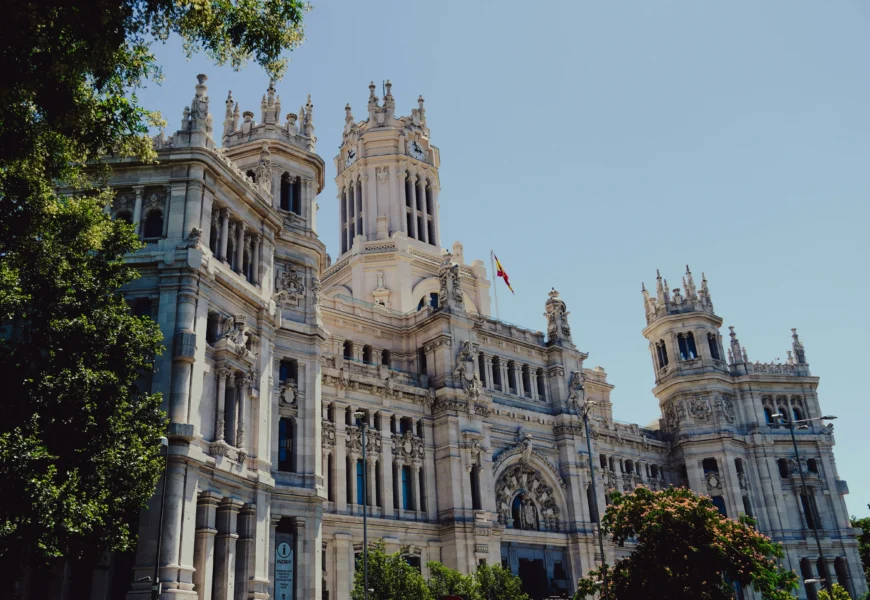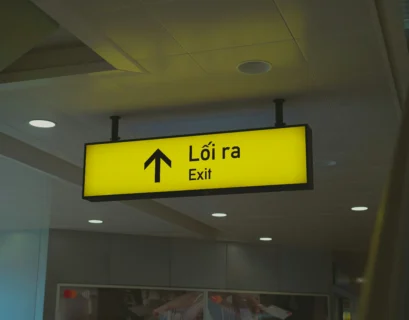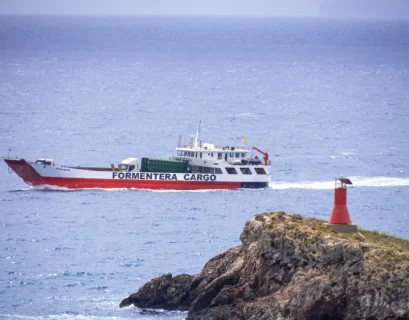Traveling in Spain doesn’t have to break the bank. With a few planning moves choosing the right city pass, timing visits for free-entry windows, and eating like locals with the menu del día you can reduce daily costs without missing top sights. For at-a-glance coverage, see the quick comparison of popular city passes, and plan museum timing using the free days and times guide below.
How tourist passes can lower costs
City tourist cards bundle transport and attraction discounts into one purchase. They work best if you plan to visit several paid museums or use public transit frequently over consecutive days. Options vary by city: Madrid’s city card often includes free public transport plus attraction discounts, Valencia’s tourist card typically covers municipal museums and monuments, and Barcelona offers several card styles from a single-entry “card” to all-inclusive passes and flexible “explorer” options.
When a pass is worth it
- Buy a pass if you plan multiple paid entries in a short period (roughly 2–4+ attractions per day).
- If your itinerary is light or focused on free attractions, single-entry tickets or pay-as-you-go transport can be cheaper.
- Check whether the pass includes airport transfers or local transport this can change the value markedly.

Free days and times: timing matters
Many Spanish museums and monuments offer free entry on particular days or during specific hours. Policies vary by institution some museums have a free afternoon once a week, others offer free entry on the first Sunday of the month, and some local municipal museums are free year-round. Before you go, check each attraction’s official “Visit” or “Tickets” page (or a reliable travel guide) to avoid surprises and confirm current hours.
Practical tips for free-entry windows
- Search each museum’s “visit” or “tickets” page for free days or reduced-price hours.
- Arrive early for limited-capacity free windows to avoid long lines.
- Combine free attractions in the same neighborhood to maximize time savings.

Eat smart: menu del día
The menu del día is the easiest way to eat well on a budget in Spain. It’s a set-price midday menu typically a starter, main, dessert and a drink offered by many restaurants on weekdays. Expect roughly €12–€15 in most places; in tourist-heavy neighborhoods the price can be higher.
- Choose the midday menu rather than à la carte for your main meal.
- Look out for local specialties on the menu that offer better value than tourist dishes.
- If you need flexibility, check whether the menu is served only at lunchtime or also during early evening.
Quick comparison: popular city passes
| Pass | Typical coverage | Transport included? | Best for |
|---|---|---|---|
| Madrid City Card | Free entry/discounts at many museums and attractions; skip-the-line options | Often yes (public transit included on many versions) | Short stays focused on central museums and historic sites |
| Valencia Tourist Card | Free entry to municipal museums and monuments; discounts | Usually includes public transport | Visitors planning museum-heavy days and airport/metro use |
| Barcelona Card / City Passes | Options range from transport+discounts to all-inclusive attraction access | Varies by product (some include unlimited transit) | Flexible itineraries choose all-inclusive if visiting many paid sites |
Data point: A typical menu del día costs about €12–€15 for a complete lunch, making it one of the best value meals in Spain.
Budget checklist before you go
- List paid attractions you definitely want to visit and total their single-entry costs.
- Compare that total to the cost of the city pass for the same period (1–3 days typically). See the pass comparison table.
- Check each museum’s free-entry days/times and plan those visits first (start with the free days guide).
- Use the menu del día for your main lunch; eat light for dinner or try market bites and bakeries.

FAQs
How do I calculate whether a city tourist pass will save money?
Add up the single-entry prices for the attractions you’ll visit during the pass period, then add expected transit costs. Compare that total against the pass price for the same days. If the pass is equal or cheaper and it includes transport or time-savers like skip-the-line it’s a win; if not, buy individual tickets.
Which museums in Spain commonly offer free entry days or hours?
Many national and city museums offer late-afternoon free hours on select weekdays and/or the first Sunday of the month. Municipal museums are often free or discounted year-round. Always confirm on each museum’s official “Visit” or “Tickets” page, as schedules can change seasonally and on holidays.
How can I combine free-entry windows and a menu del día efficiently?
Plan a paid or outdoor activity in the morning, eat the menu del día between roughly 1:00–3:30 pm, then queue 20–30 minutes before the free window (often late afternoon). Cluster free attractions in the same area to cut transit time, and keep a short list of nearby backups in case a line is too long.
When is pay-as-you-go transport cheaper than buying a tourist pass?
If you expect only 2–3 transit rides per day and no airport transfer, pay-as-you-go usually beats a day pass. Day passes tend to pay off at about 4–5 rides per day or when the pass bundles costly extras (e.g., airport trains or tourist buses).
What practical backup plans work if a free-entry line is long?
Switch to a nearby lesser-known museum, park, market, or viewpoint; return during the next free slot or buy a timed ticket if offered. Use the break for a café stop or early dinner and rejoin later, or swap in an outdoor walk to keep your schedule flexible.
Conclusion
To save money in Spain: evaluate whether a city pass matches your itinerary, plan visits around free-entry days, and take advantage of the menu del día for lunch. Start by listing must-see paid sites, check official attraction schedules for free windows, and compare pass prices to pay-as-you-go totals then buy what clearly saves you money. Small planning changes can cut daily costs while keeping your trip rich in experiences.












